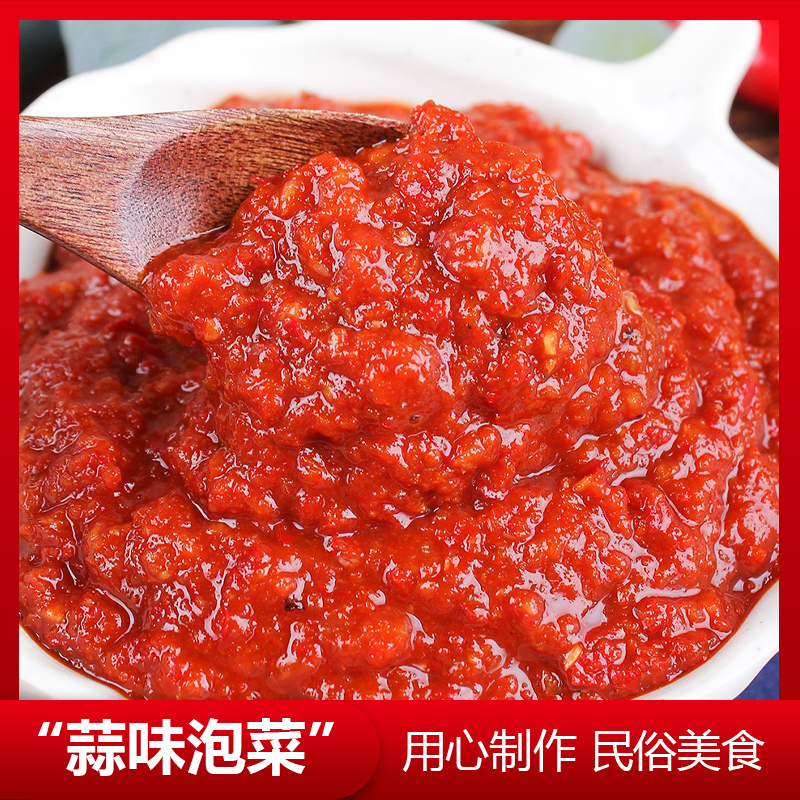Eggplant tea
Eggplant tea, scientifically known as *Polyphagotarsonemus latus* (also referred to as *Hemitarsonemus latus*), is a common pest that affects a wide range of vegetables such as eggplants, tomatoes, peppers, potatoes, beans, cucumbers, and more. This mite belongs to the class Arachnida, order Acarina, and family Tetranychidae. It is also commonly called "tea semi-cholines" or "tea leaves" due to its feeding habits on plant foliage.
When infested, the eggplant fruit loses its original color and turns dark brown, especially at the tip. Severe damage can cause the fruit to become hard, crack, and become inedible. Affected leaves become stiff, with curled edges and a glossy, brownish appearance on the underside. If new shoots are heavily infested, the plant’s productivity significantly declines. The tea mite is an omnivorous species, but eggplants are particularly vulnerable to its attacks.
Female mites measure approximately 0.21 mm in length, are oval-shaped, yellowish, and translucent, with four pairs of legs, where the fourth pair is slender. Male mites are smaller, about 0.19 mm long, elongated, and nearly diamond-shaped, with milky to pale yellow coloration. They also have four pairs of legs, with the fourth pair being thicker. Nymphs are even smaller and more delicate, with three pairs of legs.
In terms of behavior, this mite can complete up to 30 generations per year. Females overwinter, and under greenhouse conditions, they can reproduce throughout the year without a clear dormant period. These pests thrive in warm, humid environments and show strong preference for moist, shaded areas. High humidity, moderate temperatures, and frequent rain contribute to rapid population growth, leading to severe crop damage. Wind can spread them over long distances, while human activity and crawling mites help them move short distances. Natural predators include predatory mites like *Nyssus obliquus*, *Dew's obtuse cockroaches*, and *Trombidiidae*, as well as thrips and other beneficial insects.
To manage this pest, integrated control strategies are essential. Agricultural practices such as proper field management, healthy seedling cultivation, and improved ventilation can reduce humidity and disrupt the mite’s life cycle. Choosing well-drained, sunny sites, avoiding overcrowding, and using organic fertilizers are important steps. Regular weeding and early detection of infestations are crucial. Spraying should begin when the leafing rate reaches 0.5%.
Chemical control options include bio-pesticides first, followed by low-toxicity, high-efficiency chemical sprays. For example, 1.8% Abamectin (Qiqi Su) can be applied at 3000 times dilution with a 7–10 day interval. Other options include 20% compound Liu Yangmycin at 1000 times, 73% Chrysanthemum at 2500 times, and 15% fast-acting ketones at 3000 times. Always follow safety intervals and ensure proper application on young leaves, stems, flowers, and fruits.

1. Garlic fragrance everywhere, unique charm.
Garlic-flavored kimchi exudes a rich garlic aroma. That unique scent instantly arouses your appetite and makes you unable to resist. 2. Crispy texture, unforgettable aftertaste. Every bite of garlic-flavored kimchi brings a crispy texture, bouncing between the teeth and leaving an unforgettable aftertaste. 3. Traditional craftsmanship, made with ingenuity. Following traditional production techniques, carefully select fresh ingredients and integrate full ingenuity to ensure excellent quality. 4. Versatile and delicious, freely matched. Whether it is paired with rice, noodles, dumplings, or enjoyed as a side dish with meat and seafood, garlic-flavored kimchi can blend perfectly and add a unique flavor. 5. Nutritious and a healthy choice. Rich in nutritional ingredients such as vitamins and dietary fiber. While enjoying the deliciousness, it also helps your health. 6. Convenient and fast, enjoy at any time. Convenient packaging and easy to store. Whenever and wherever you want to eat, you can easily open it and taste this deliciousness. 7. Unique flavor, regional characteristics. With a strong regional flavor, garlic-flavored kimchi allows you to appreciate different food cultures and feel a different kind of charm. 8. Stimulate the taste buds and awaken vitality. The strong garlic flavor and the sour and spicy taste of kimchi interweave, stimulating your taste buds, awakening your vitality and making you full of energy.

Garlic Flavored Kimchi,Korean Cuisine,Spicy Garlic Kimchi,Garlic Kimchi
Yanbian Jingangshan Food Co., Ltd , https://www.ybjgsfood.com